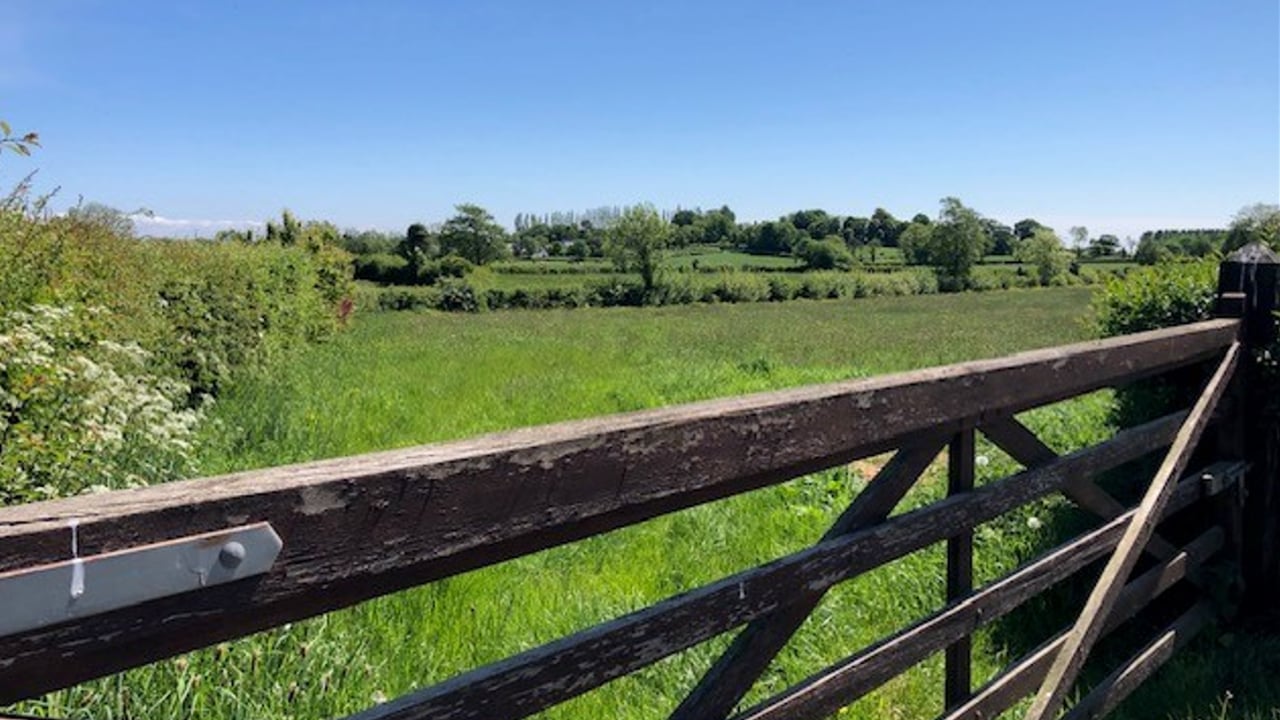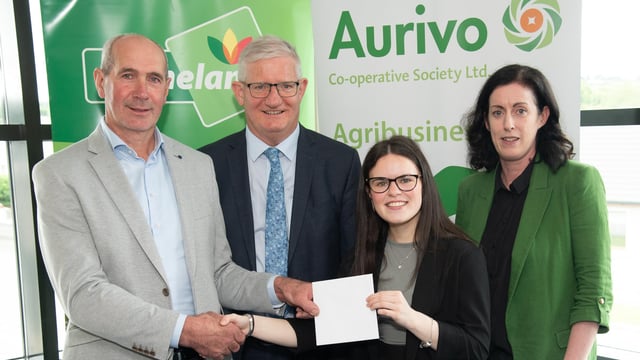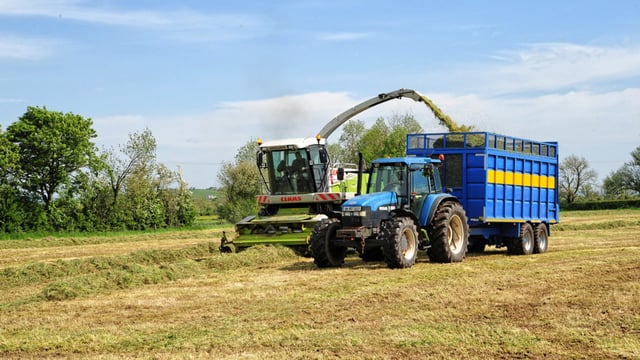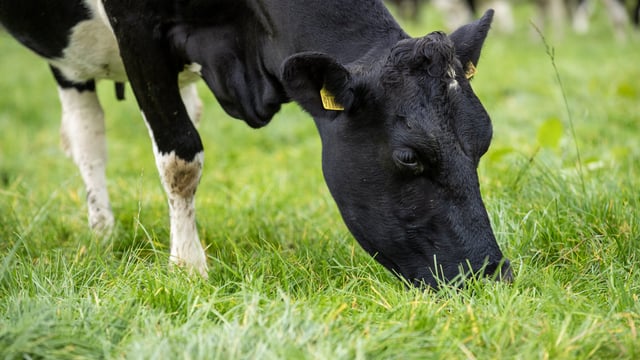New strategy outlines 'pathway' to reducing agri-GHG emissions
The Government has today (Wednesday, June 26) published a new Long-term Greenhouse Gas (GHG) Reductions strategy which outlines that "support for farmers and rural communities" will be required to transition to lower-emissions farming in Ireland.
The strategy aims to build on the targets, policies measures and actions which the Government has already committed to up to 2030 in a bid to achieve a "whole-of-society" reduction in GHG emissions of 51%.
As part of this objective the sector specific emissions ceiling for agriculture requires a 25% reduction in emissions by 2030.
According to the Minister for the Environment, Climate and Communications, Eamon Ryan, the new strategy provides a "pathway" for sectors to reduce GHG emissions and ensures that the Government can put in place the "systems and infrastructure" to help Ireland hit its targets and avoid compliance costs.
"In everything we do over the coming decades, it is absolutely imperative we inform and bring people with us, from large-scale investors to small farmers.
“Achieving our National Climate Objective of climate neutrality will mean that Ireland will have no further negative impacts on the climate system by the mid-century," Minister Ryan added.
The strategy document highlights that agriculture was the "single largest contributor to overall emissions, at 38.5% in 2022".
It also details a "pathway" to 2030 for the agriculture sector which adds to the key measures set out in the Climate Action Plan 2024 to reduce on-farm emissions which included changing nutrient use, feed modification, earlier finishing for cattle and different breeding practices.
The new Long-term Greenhouse Gas (GHG) Reductions strategy also states that additional measures are required to achieve the 2030 target.
These include:
- Enabling a carbon farming framework;
- Exploring the potential for methane reducing feed additives for pasture-based solutions;
- Incentivising diversification across the sector.
The strategy also highlights that the Government is currently undertaking a "comprehensive" national Land Use Review, covering farmland, forests and peatlands, which will inform policy decisions.
It also plans to carry out diversification reviews for income and land use for farmers, including areas such biomethane and energy production, agro-forestry and woodland creation.
In addition to this the new Government strategy document cautions that the emissions reduction targets for the Land Use, Land Use Change, and Forestry (LULUCF) sector are "set to become increasingly challenging, as the age profile of the forest stock matures and harvesting levels increase in line with projected forecasts".
However it also points to the "unique capacity of the agriculture and forestry sectors to remove CO2 from the atmosphere".
"While reducing emissions will bring challenges there will also be opportunities for farmers and their communities, including diversification of farm-based incomes, as well as delivery of further benefits in biodiversity, water and air quality" it outlines.
But the strategy document also clearly highlights that "support" for farmers and rural communities will be required in the transition to lower GHG emissions from farming in the future.
"Over the long-term, we will continue to build on our engagement with farmers and with the broader sector to help deliver our climate neutral goal," the Government stated.





